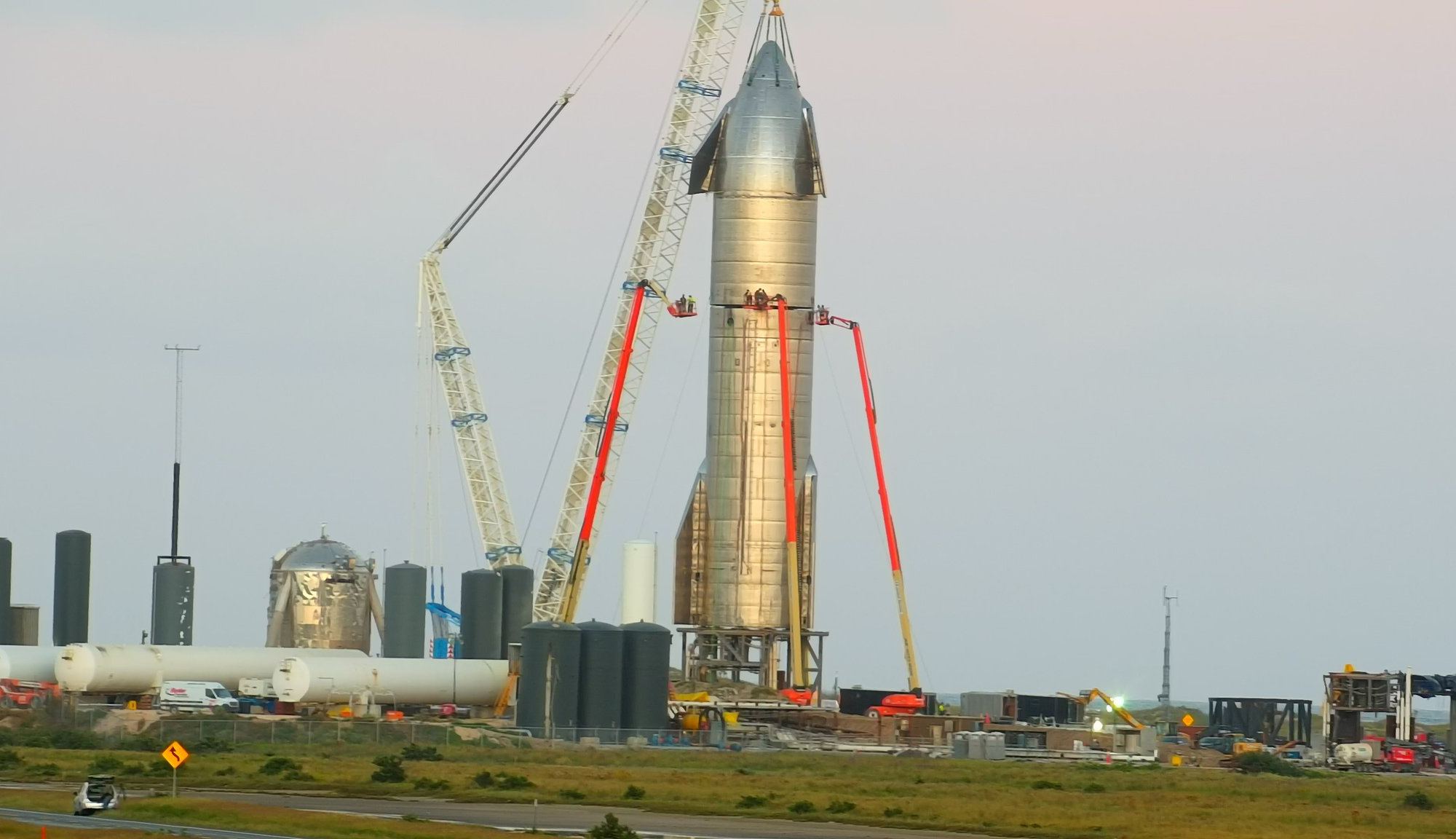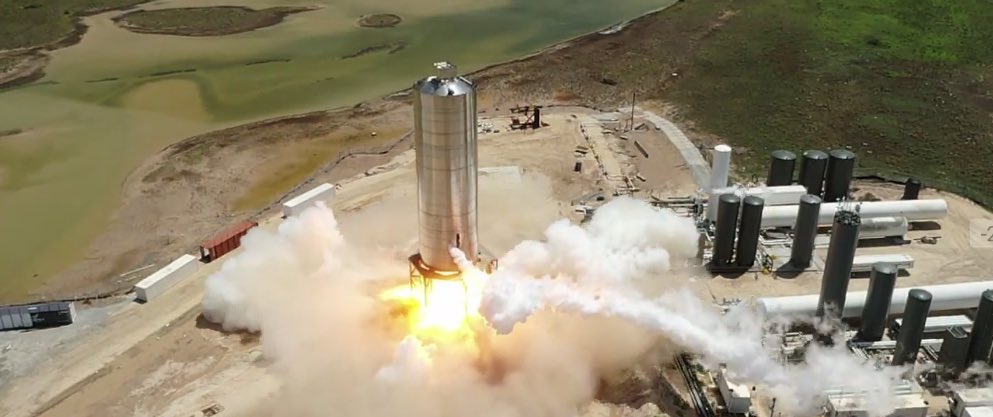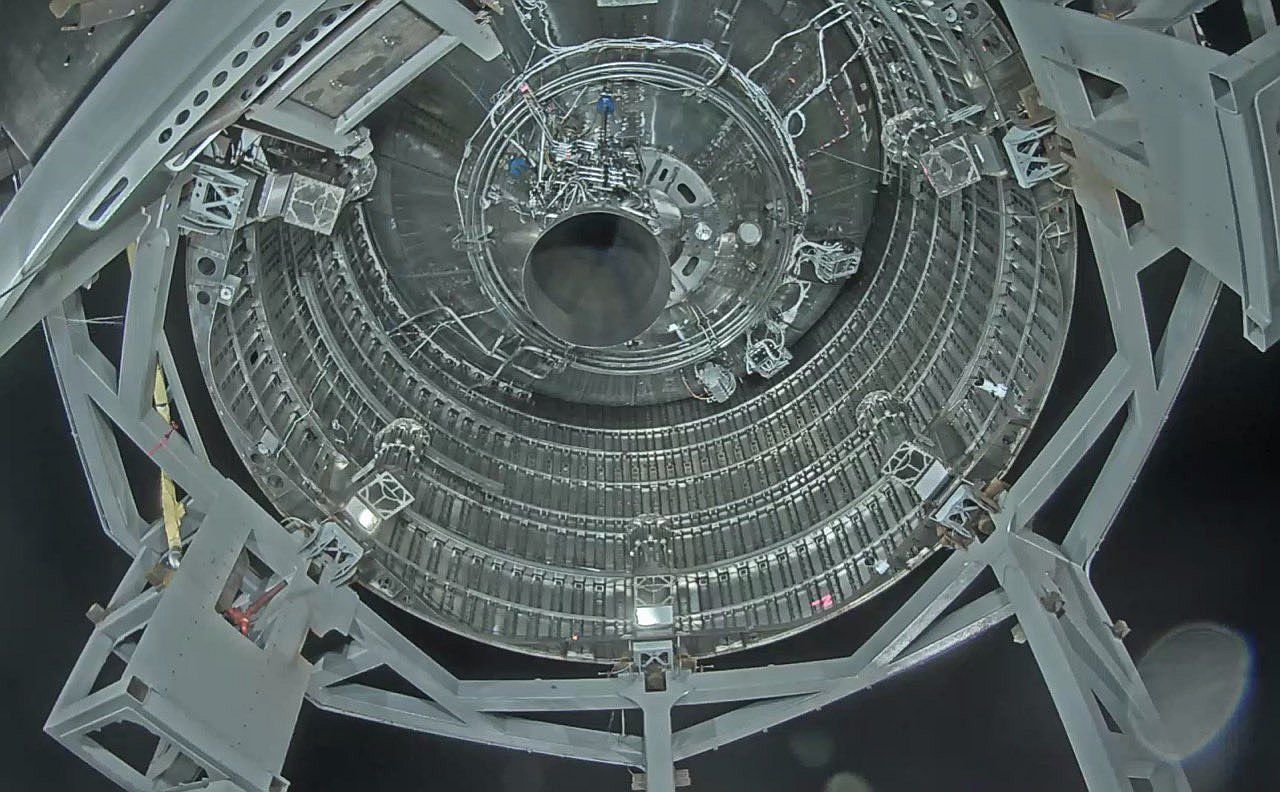Over the years, Elon Musk has been rather open about how he (and the company he founded) plan to make space more accessible and allow humanity to become an “interplanetary species.” A key element to this plan is the Starship and Super-Heavy launch system, which will allow for regular trips to the Moon as well as the eventual creation of the first human colony on Mars.
Another key part of Musk’s plan is the creation of spaceports at sea that will allow for greater flexibility with launches and landings. To that end, SpaceX recently acquired two former oil drilling rigs off the coast of Texas. These spaceports have been dubbed Phobos and Deimos (after Mars’ two satellites) and are currently undergoing modifications to conduct Starship launches in the near future.
Continue reading “Starships Will be Launching From These Oil Drilling Platforms Bought by SpaceX”





